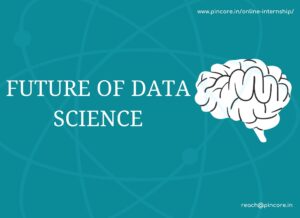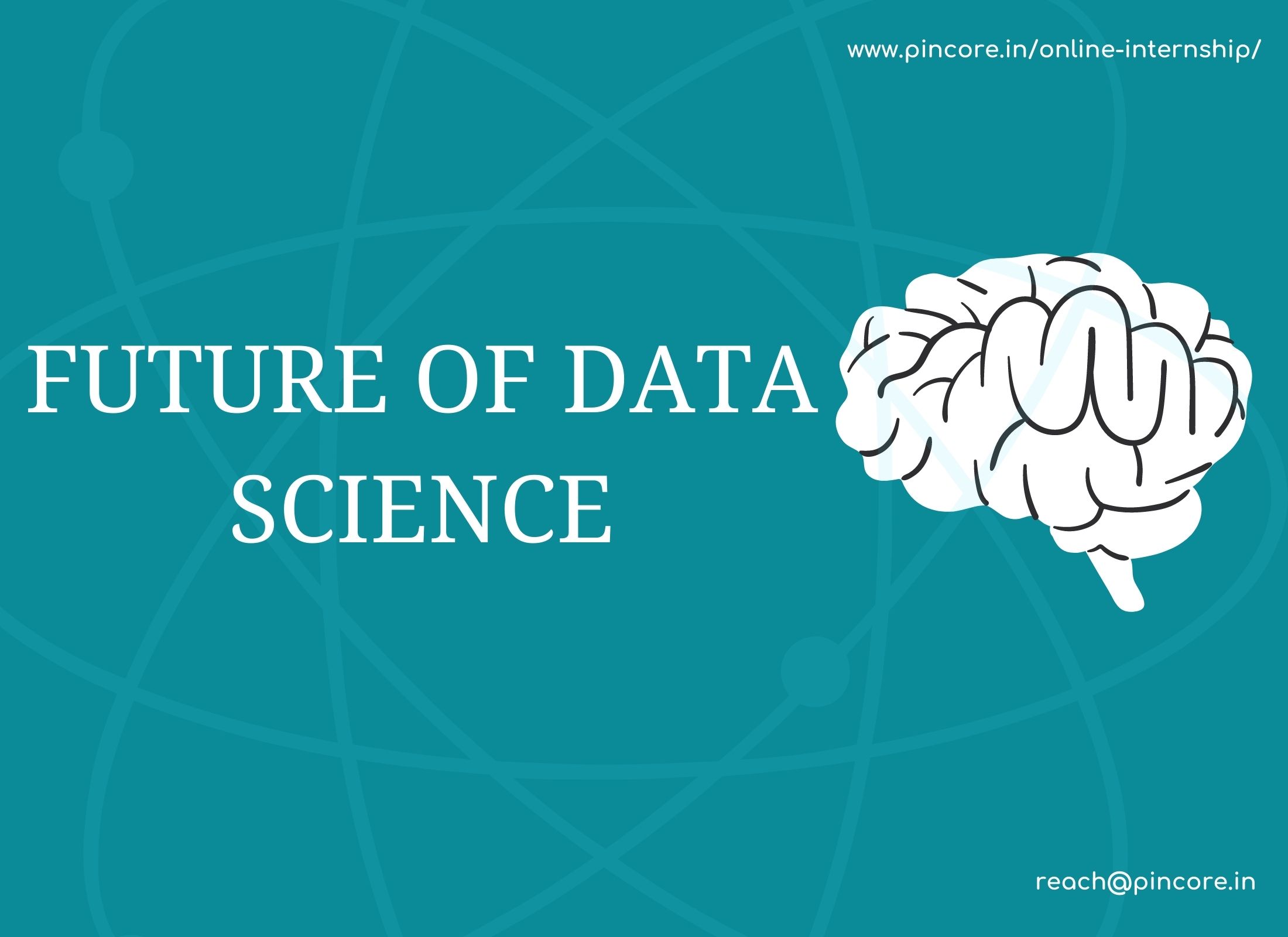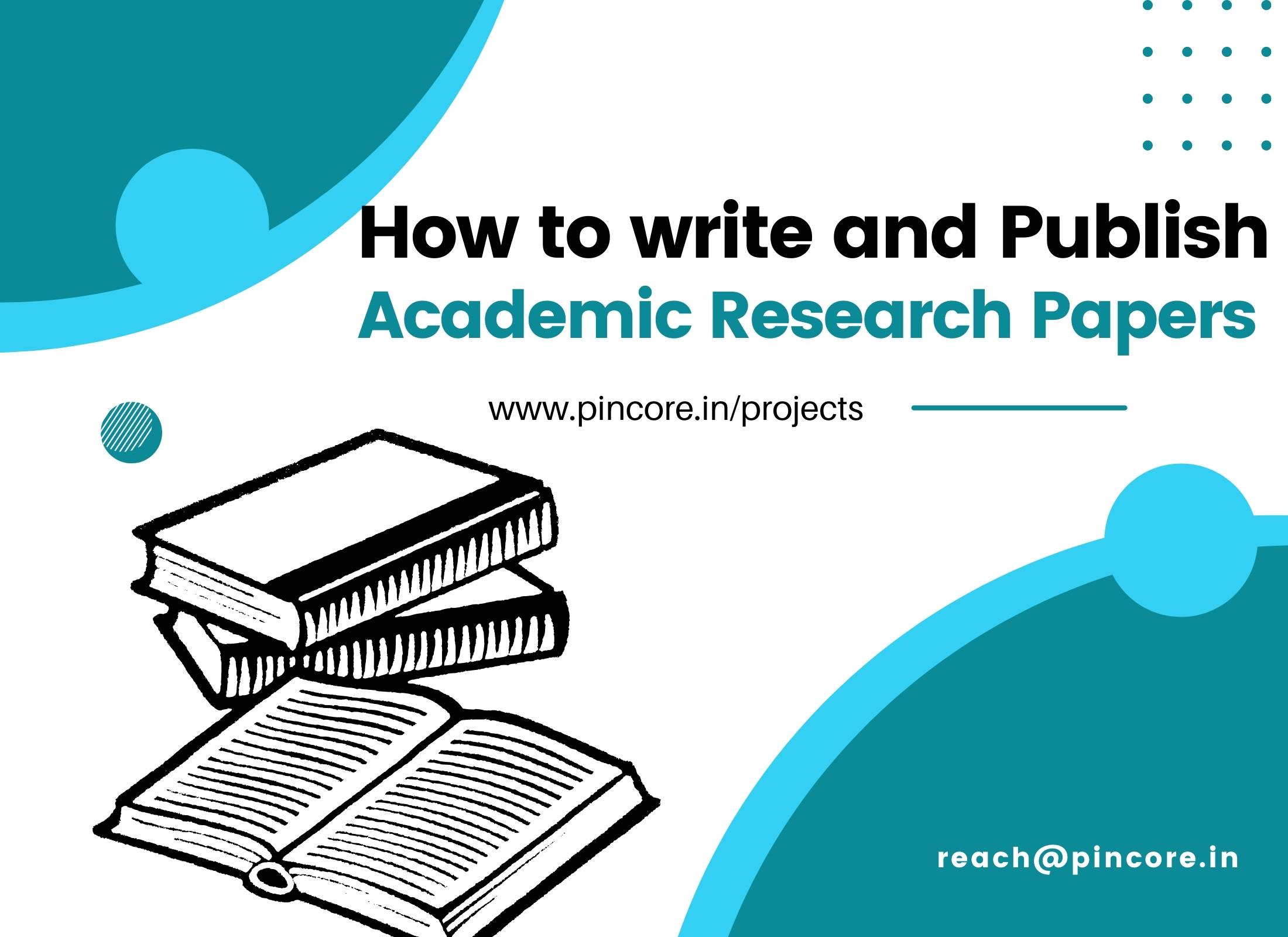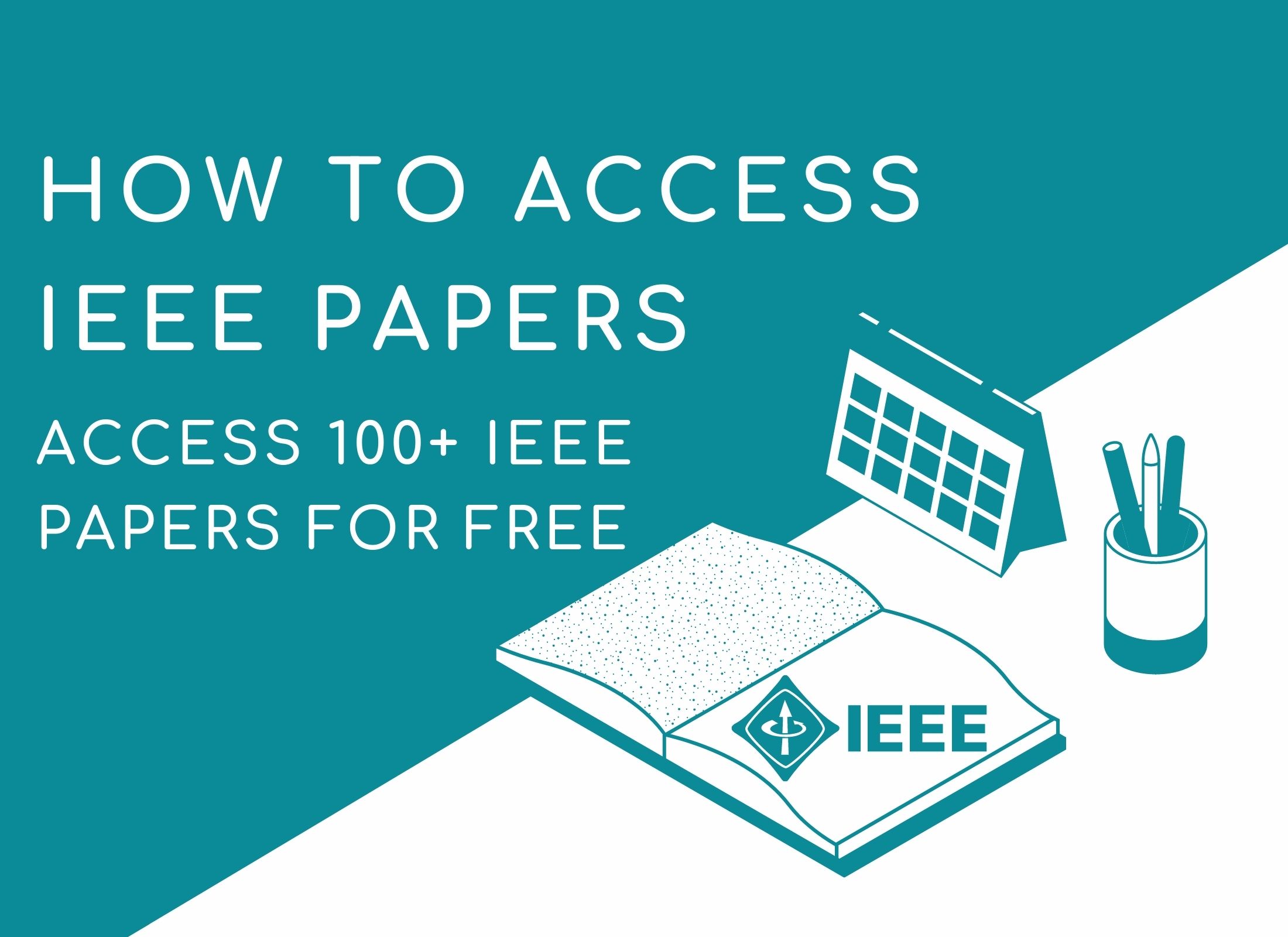How to Become a Data Scientist in 2022
Diabetic Retinopathy using Deep Learning on Eye Retina Images
Diabetic Retinopathy using Deep Learning on Eye Retina Images
Millions of people suffer from Diabetic retinopathy, the leading cause of blindness among working aged adults. The Union Health Ministry’s first National Diabetes and Diabetic Retinopathy Survey (2015-19) has revealed that the prevalence of Diabetic Retinopathy (DR) is 16.9 per cent. Aravind Eye Hospital in India hopes to detect and prevent this disease among people living in rural areas where medical screening is difficult to conduct. Currently, the technicians travel to these rural areas to capture images and then rely on highly trained doctors to review the images and provide diagnosis.
The goal here is to scale their efforts through technology; to gain the ability to automatically screen images for disease and provide information on how severe the condition may be. We shall be achieving this by building a Convolutional neural network (click here to know about CNN) model that can automatically look at a patient’s eye image and estimate the severity of blindness in the patient. This process of automation can reduce a lot of time thereby screening the process of treating diabetic retinopathy at a large scale. We are given 3200 eye images and their corresponding severity scale which is
0 – No Diabetic retinopathy
1- Mild
2- Moderate
3- Severe
4- Proliferative DR

Methodology
As discussed above this case study deals with the deep learning concepts which includes following section:
Images contain artifacts which results in out of focus, underexposed, or overexposed etc, thus making it difficult to assess the difference between the images. So, in order to make these image appears clean, we will carry out some image processing techniques using OpenCV library in python (cv2). Gaussian filter is used which is a low-pass filter that removes the high-frequency components. The images are further been cropped down to reduce the size
of a folder. The image is resized to [115, 140]. Finally, the image pre-processing steps ends with image augmentations steps. Based on the research paper, the CNN intuitions follow in 3 major categories, I.e., classification, regression, ordinal. Hence it is a type of Multi Task learning Model.
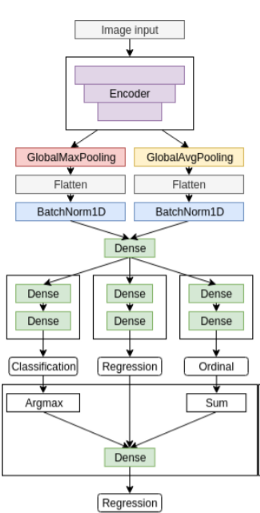
CNN model is run with the epoch of 20 iteration. Once the model is successfully created, it is further validated on the testing dataset. Note: Testing dataset need to undergo the same pre-processing techniques before validating on the model.
Conclusions
The CNN model was considered as a multi task learning model categorizing in classification, regression and ordinal methods. The model was successfully created and validated on the testing dataset with the accuracy of 92% on training dataset and 88% on the testing dataset with 20 epochs. This seems to be a good agreement score.
Recently Published
Popular Newsletters
Most Viewed
How to Write and Publish an Academic Research
Various domains for final year project of an
ENGINEERING PROJECT IDEAS FOR FINAL YEAR STUDENTS Engineering
SELECTING THE RIGHT PROJECT FOR FINAL YEAR Selecting
AIR QUALITY MONITORING SYSTEM BASED ON IOT USING
Trending
Contact Us to get the complete code
Address List
- # 28, 1st Main Road,1st Cross, Shakthi Garden, Kalyan Nagara, Bengaluru-72
- +91-968-696-3065
- eng@pincore.in


